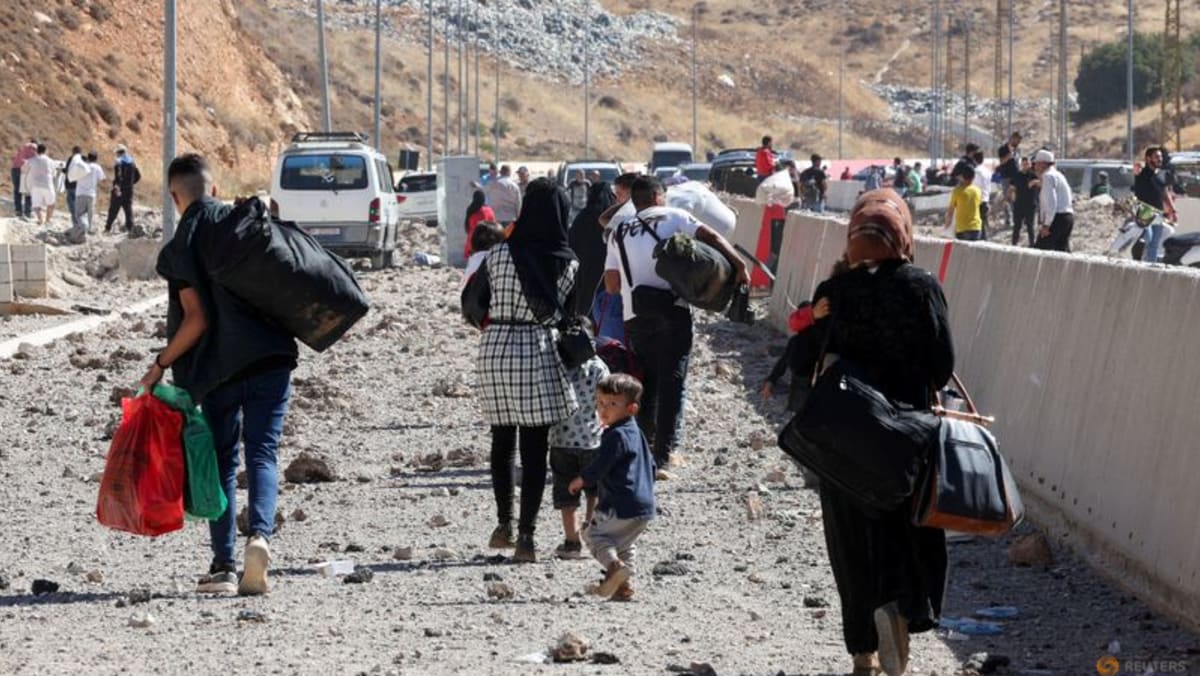“BALL IN ISRAEL’S COURT”
US President Joe Biden announced a pathway to a truce deal in May that he said had been proposed by Israel. It included an initial six-week truce, Israeli withdrawal from Gaza population centres and the freeing of hostages by Palestinian militants.
Talks subsequently stalled but the US official said on Thursday that the new proposal from Hamas “moves the process forward and may provide the basis for closing the deal”, though “significant work” remained.
Senior Hamas official Osama Hamdan told AFP that new ideas from the group had been “conveyed by the mediators to the American side, which welcomed them and passed them on to the Israeli side. Now the ball is in the Israeli court”.
Hamdan blamed Israel for the deadlock since Biden’s announcement and said the Doha talks “will be a test for the US administration to see if it is willing to pressure the Zionist entity to accept these proposed ideas”.
The war has uprooted 90 per cent of Gaza’s population, destroyed much of the territory’s housing and other infrastructure, and left almost 500,000 people enduring “catastrophic” hunger, UN agencies say.
The main stumbling block to a truce deal has been Hamas’s demand for a permanent end to the fighting, which Netanyahu and his far-right coalition partners strongly reject.
The Israeli premier will probably meet Biden during a scheduled visit to Washington to address Congress on Jul 24, the White House said.
Netanyahu has faced a well-organised protest movement in Israel demanding a deal to free the hostages, which took to the streets again on Thursday evening.
The veteran hawk demands the release of the hostages but also insists the war will not end until Israel has destroyed Hamas’s ability to make war or govern.
The head of the World Health Organization warned that “further disruption to health services is imminent in Gaza due to a severe lack of fuel”.
Only 90,000 litres of fuel entered Gaza on Wednesday, but the health sector alone needs 80,000 litres each day.
The WHO and its partners in Gaza were having “to make impossible choices” as a result, said Tedros Adhanom Ghebreyesus.
HAMAS-HEZBOLLAH TALKS
US officials, including Secretary of State Antony Blinken, have voiced hope that a ceasefire in Gaza could lead to an easing of violence on the Israel-Lebanon border as well.
Since the war began, Lebanon’s Iran-backed Hezbollah movement has exchanged near-daily cross-border fire with the Israeli army in support of its Palestinian ally.
The exchanges have intensified over the past month after Israel killed senior Hezbollah commanders in targeted air strikes.
Hezbollah said in a statement that it fired waves of rockets on Friday evening at a village and two military positions in northern Israel.
It called the bombardment retaliation for Israeli strikes on homes in southern Lebanon.
The Israeli military said in a statement that two of its soldiers were lightly injured. It said it responded to the rocket strikes by firing artillery at several sites in southern Lebanon.
Lebanese state news agency ANI reported that white phosphorus shells were fired from Israeli positions.
Israel’s army has previously insisted it respects international law in the use of such munitions.
ANI reported four people lightly injured on the Lebanese side, including two firefighters.
Hamas said Friday that its foreign relations chief Khalil al-Hayya had met Hezbollah leader Hassan Nasrallah to coordinate their “resistance efforts” and the upcoming truce negotiations.














